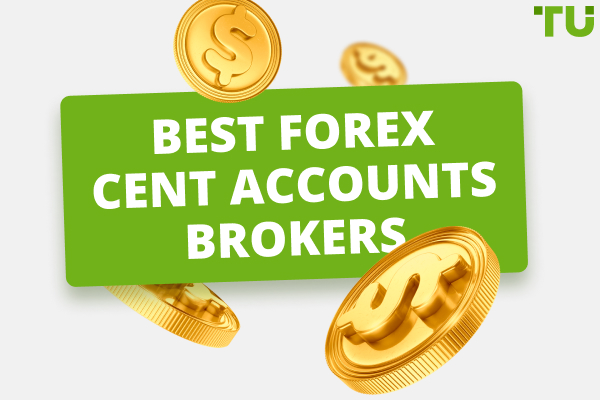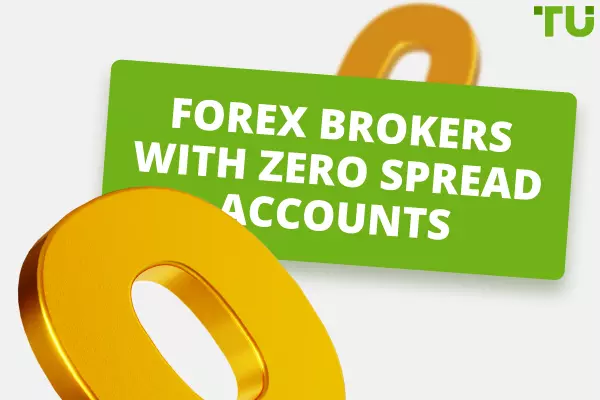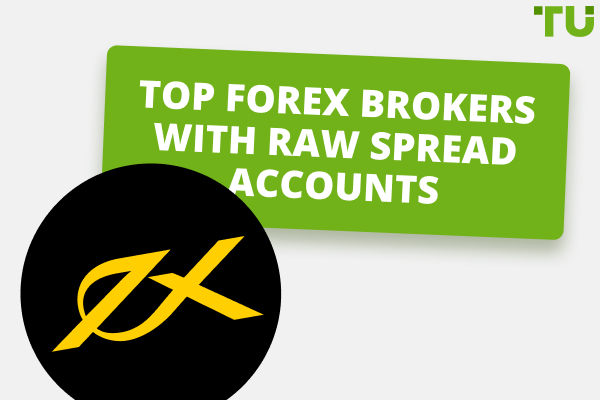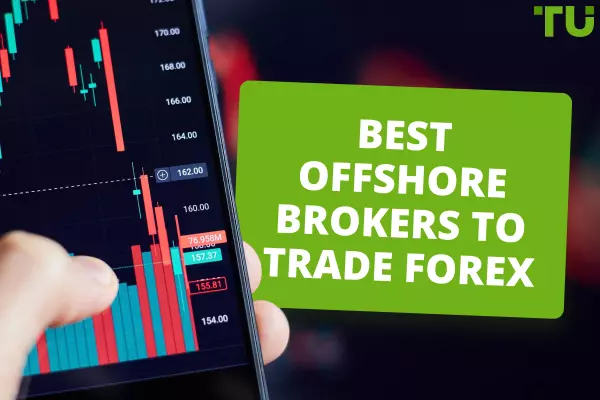How To Get a Forex Card? Steps & Required Documents
Follow these steps to obtain a Forex card hassle-free:
-
research financial institutions
-
compare offerings
-
choose a provider
-
fill the application form
-
submit required documents
-
activate your card, load funds
-
start using it for convenient international transactions
In this article, TU experts will discuss the comprehensive process of obtaining a Forex card, covering every step from initial research to card activation and usage. They will delve into the nuances of selecting a suitable provider, understanding the required documents, and navigating potential challenges such as hidden fees, limited acceptance, and security concerns. Additionally, the article will outline the steps involved in reloading a Forex card and provide practical solutions to address common issues encountered during the application process. Through expert insights and detailed guidance, readers will gain a thorough understanding of how to effectively obtain and utilize a Forex card for their travel needs.
-
Can I get a Forex card immediately?
While some providers may offer instant issuance and activation, it's advisable to plan ahead as the process can vary, typically taking a few days to a week.
-
How long does it take for a Forex card to be issued and activated?
The issuance and activation timeframe for a Forex card can vary depending on the provider, typically ranging from a few days to a week.
-
Can I get a Forex card without a bank account?
Yes, many providers offer Forex cards without the need for a linked bank account, making it convenient for travelers.
-
Can I get a Forex card from the airport?
Yes, some airports may have currency exchange counters or kiosks where you can obtain a Forex card, but it's recommended to compare options beforehand for better rates and terms.
How to get a Forex card?
To get a Forex card, follow these step-by-step instructions
Research Financial Institutions
-
Start by researching various financial institutions that offer Forex cards. Look for reputable banks, currency exchange services, or online Forex providers.
-
Consider factors such as fees, exchange rates, withdrawal limits, reload options, customer service, and acceptance at your intended travel destinations.
Compare Offerings
-
Compare the features, benefits, and fees associated with Forex cards offered by different financial institutions.
-
Pay attention to exchange rates, ATM withdrawal fees, reloading fees, issuance fees, inactivity fees, and any other charges that may apply.
Choose a Forex Card Provider
-
Based on your research and comparison, select the Forex card provider that best suits your needs and preferences.
-
Ensure that the provider offers services in the currencies you need and provides good customer support.
Fill the Application Form
-
Once you've chosen a provider, visit their website or a branch office to obtain an application form for the Forex card.
-
Fill out the application form accurately, providing all necessary personal and travel-related information
Give Them Documents
-
You might need to give them some documents like your passport, visa, and proof of where you live.
-
Make sure everything is up-to-date.
Decide on Money and Currencies
-
Tell them how much money you want on the card and what currencies you need.
-
Some cards let you have more than one currency on them.
Read the Rules
-
Before you finish, read all the rules and conditions carefully.
-
Pay attention to things like fees, when the card expires, and any other important details.
Send in Your Application
-
Once everything's filled out and you have all the documents, send in your application.
-
You might be able to do this online, in person, or by mail.
Activate Your Card
-
When your application is approved, they'll send you the card and tell you how to activate it.
-
Follow their instructions to make sure it's ready to use.
Put Money on the Card
-
After you've activated it, put money on the card.
-
You can do this by transferring money from your bank account, using a debit card, or putting cash on it.
Start Using Your Card
-
Now your Forex card is good to go. You can use it to buy things, take out cash from ATMs, and do other money stuff in the countries you're visiting.
-
Just keep an eye on how much money you have left and check your transactions regularly.
Best Forex brokers


Documents required to apply for a Forex Card
Here are the documents you'll need to apply for a Forex Card
-
Passport – You'll need to have your passport with you. This is your main form of identification.
-
Valid Visa (if required) – If your travel destination requires a visa and it's not given upon arrival, you'll need to show a valid visa along with your passport.
-
Additional Documents – Depending on what the Forex card provider asks for, you might need to provide more documents such as proof of address or income.
-
Forex Card Application Form – You can get this form either at the bank or online.
-
Copies of Your Passport – Make photocopies of your passport to submit with your application.
-
Copies of Your Visa (if applicable) – If you need a visa for your trip, make copies of your valid visa.
-
Copies of Your Ticket (if applicable) – Keep copies of your travel ticket handy in case they're needed.
How to Activate the Forex Card?
Activating a Forex card typically involves a few simple steps, which can vary slightly depending on the provider. Here's a general overview of how users can activate their Forex card
-
Online Activation – If your Forex card provider offers online activation, you can do it through their website or app. Just visit their website or download their app on your phone. Then, look for an option to activate your card. You'll need to enter your card details like the card number and follow the instructions they give you on the screen.
-
Phone Banking – To activate your Forex card over the phone, you'll need to call the customer service number provided by your card issuer. This number is usually found on the card itself or in the paperwork that came with it. When you call, a friendly person will answer and guide you through the activation process. They'll ask for some details about your card, like the card number, to get it activated for you.
-
ATM Activation – Some Forex cards can be activated at ATMs. If your card offers this option, you'll need to find an ATM that supports card activation. Once you're at the ATM, look for an option on the screen that says something like "Activate Card" or "Card Services." Follow the instructions on the screen, and your card will be activated in no time.
What problems might there be with getting a Forex card?
This detailed table outlines potential problems users may encounter with Forex cards and offers practical solutions to address each issue.
| Problem | Solution |
|---|---|
|
Exchange Rate Fluctuations |
Keep an eye on exchange rates before loading your Forex card. Try to load when rates are favorable. Consider opting for a multi-currency card to lock in rates. Monitor rates during your trip to make informed decisions. |
|
Hidden Fees and Charges |
Carefully review the terms and conditions of the Forex card for any hidden fees or charges. Compare fee structures across different banks/providers. Choose a card with transparent fees and understand when and how fees are applied. |
|
Limited Acceptance |
While Forex cards are widely accepted, there may be instances of limited acceptance, especially in remote areas or specific merchants. Carry some local currency as a backup. Prioritize merchants that accept card payments. |
|
Security Concerns |
Keep your Forex card secure at all times. Memorize your PIN and avoid sharing card details with others. Report any lost or stolen cards immediately to your card issuer. Regularly monitor your transactions for any unauthorized activity. |
|
Limited Customer Support |
Save the customer service number provided by your Forex card issuer in your phone contacts. Be patient and persistent when seeking assistance, especially if contacting customer support from a different time zone. |
How to reload your Forex Card?
Here's a simple step-by-step guide on how to reload your Forex card –
-
Log in to Your Account – Visit the website of your Forex card provider and log in to your account using your username and password.
-
Navigate to the Card Page – Once logged in, find the section of your account dashboard related to your Forex card. This might be labeled as "My Cards" or something similar.
-
Select the Reload Option – Look for the option to reload or add funds to your Forex card. This could be represented by a button labeled "Reload," "Add Funds," or something similar.
-
Enter Reload Amount – Click on the reload option, and you'll be prompted to enter the amount you want to reload onto your card. Type in the desired amount carefully.
-
Choose Payment Method – Select the payment method you prefer to use for reloading your card. This could be your bank account, debit card, or any other method supported by the provider.
-
Confirm Details – Double-check the reload amount and payment method you've selected to ensure accuracy.
-
Complete Transaction – Once you're sure everything is correct, proceed to confirm the reload transaction. Depending on the provider, you might need to enter additional security information or provide authorization.
-
Wait for Confirmation – After completing the transaction, wait for confirmation that the reload was successful. This confirmation may be displayed on-screen or sent to you via email or SMS.
-
Check Card Balance – Finally, verify that the funds have been successfully added to your Forex card by checking your card balance. You can usually do this by logging back into your account or using the provider's mobile app.
Expert opinion
Obtaining a Forex card requires thorough research and careful consideration of various factors, including fees, exchange rates, and acceptance networks. While it offers convenience and security for international travel, users must remain vigilant against hidden charges, limited acceptance, and security risks.
It's crucial to select a reputable provider and stay informed about the terms and conditions associated with the card. With proper planning and proactive measures, travelers can leverage Forex cards effectively to manage their foreign currency transactions seamlessly and enhance their overall travel experience.
Summary
To get a Forex card, start by researching various providers to find the best option for your needs. Compare their fees, exchange rates, and services. Once you've chosen a provider, fill out an application form and submit it along with the required documents like your passport and visa. After receiving your card, activate it either online, through phone banking, or at an ATM. Then, load money onto the card using your preferred payment method.
Finally, start using your card for purchases, cash withdrawals, and other transactions while traveling. Be mindful of potential issues like exchange rate fluctuations, hidden fees, limited acceptance, security concerns, and limited customer support, and follow the provided solutions to mitigate them. Additionally, reloading your Forex card involves logging into your account, selecting the reload option, entering the desired amount, choosing a payment method, confirming the transaction, and checking your card balance afterward.
Team that worked on the article
Parshwa is a content expert and finance professional possessing deep knowledge of stock and options trading, technical and fundamental analysis, and equity research. As a Chartered Accountant Finalist, Parshwa also has expertise in Forex, crypto trading, and personal taxation. His experience is showcased by a prolific body of over 100 articles on Forex, crypto, equity, and personal finance, alongside personalized advisory roles in tax consultation.
Dr. BJ Johnson is a PhD in English Language and an editor with over 15 years of experience. He earned his degree in English Language in the U.S and the UK. In 2020, Dr. Johnson joined the Traders Union team. Since then, he has created over 100 exclusive articles and edited over 300 articles of other authors.
Mirjan Hipolito is a journalist and news editor at Traders Union. She is an expert crypto writer with five years of experience in the financial markets. Her specialties are daily market news, price predictions, and Initial Coin Offerings (ICO).











